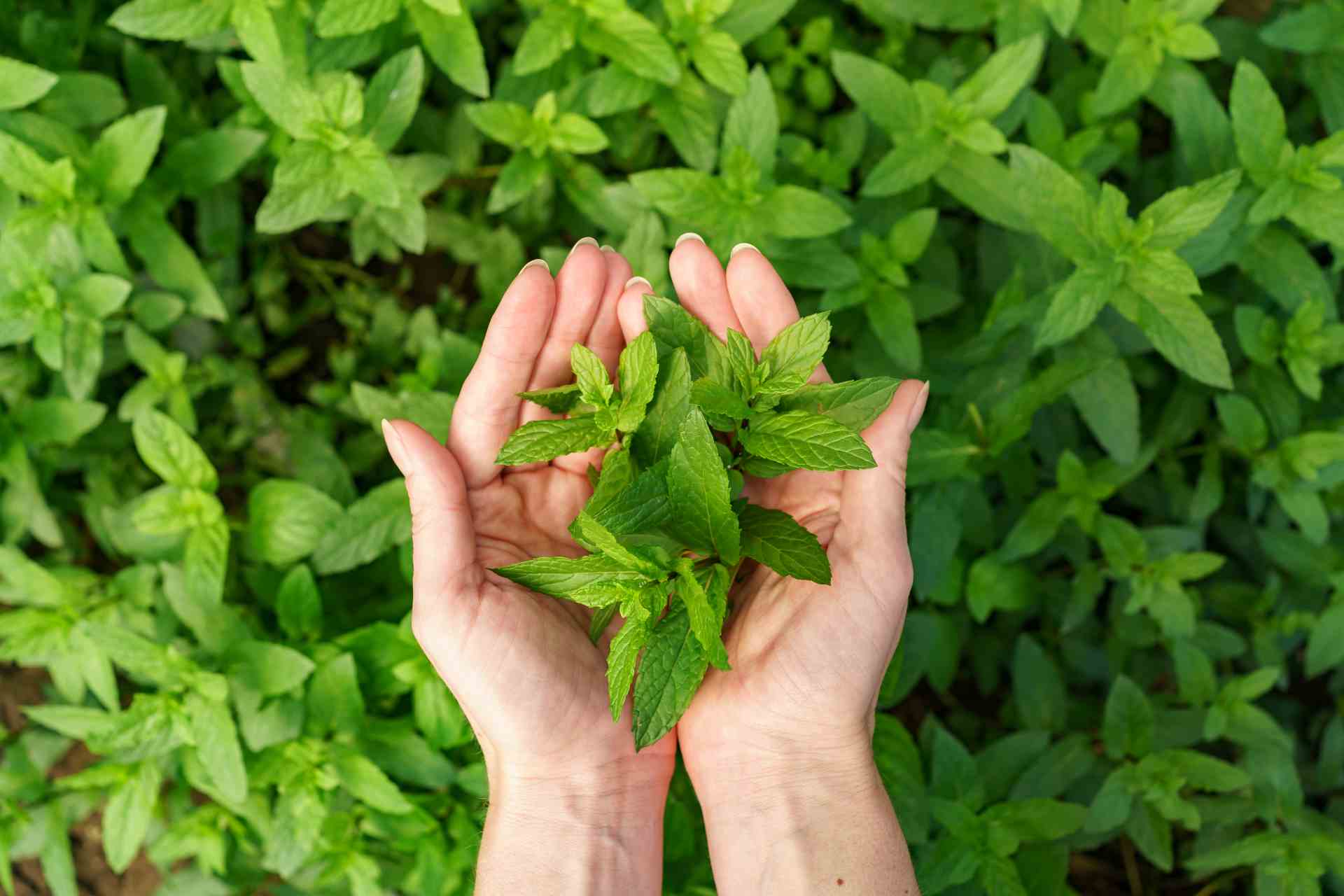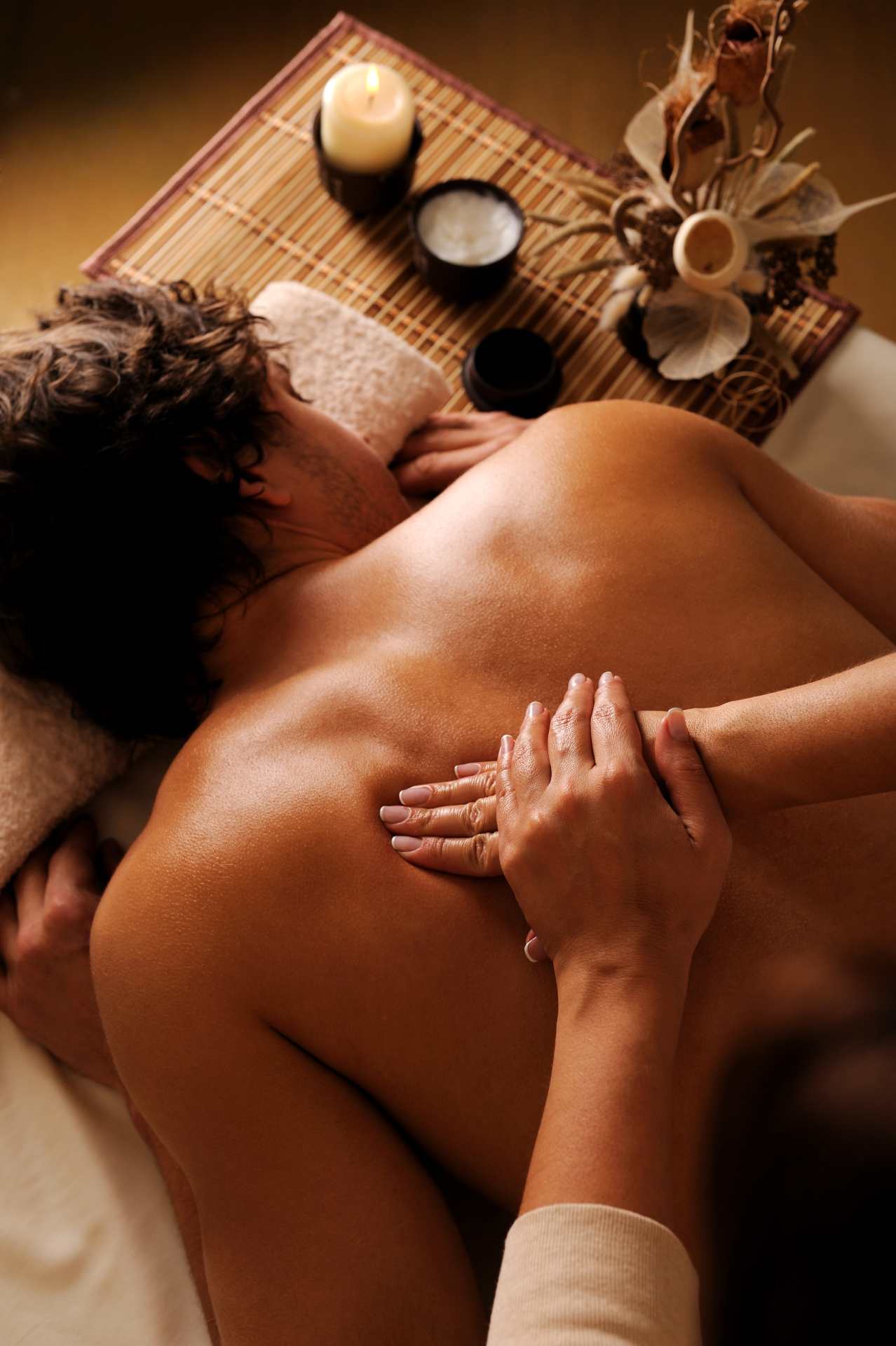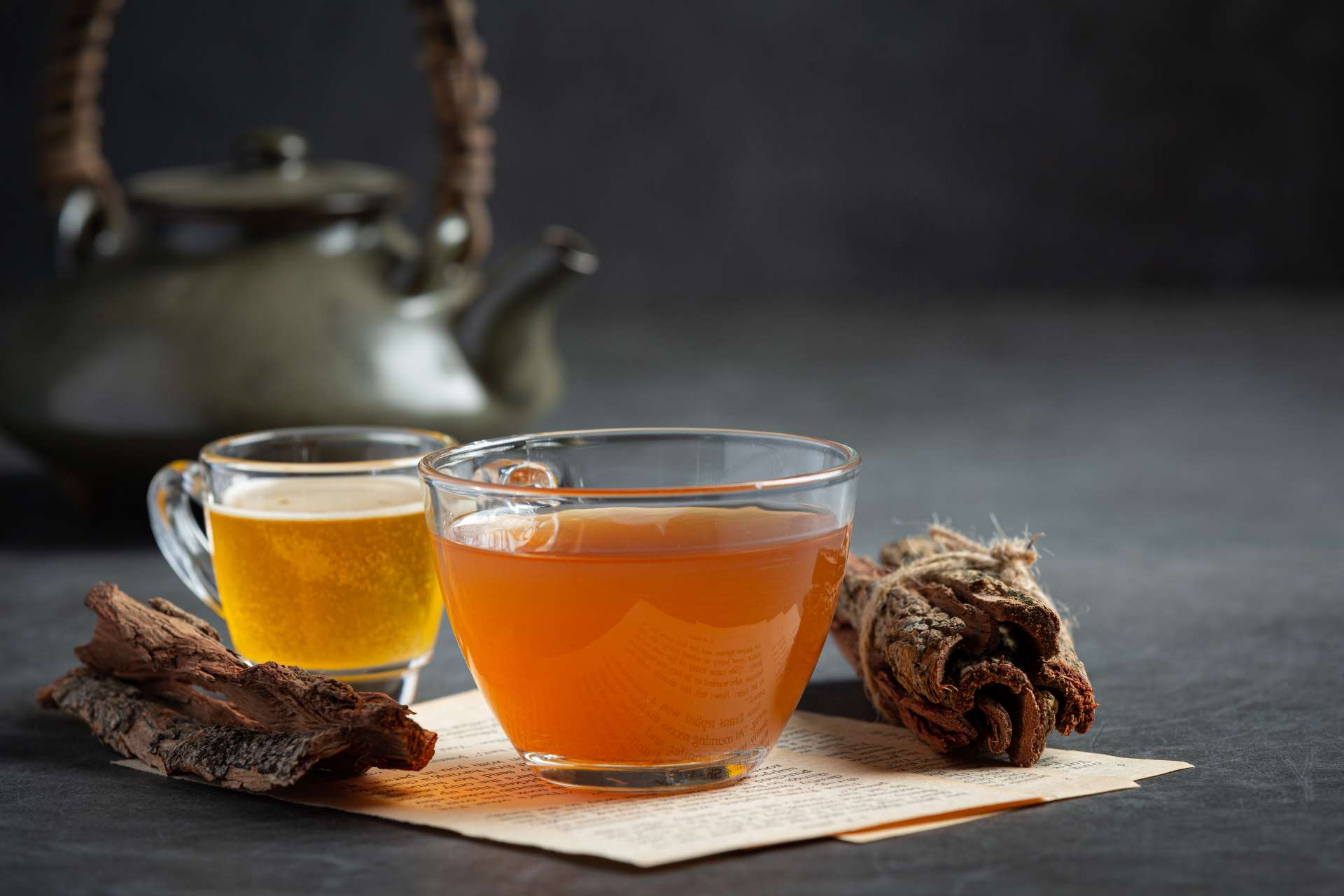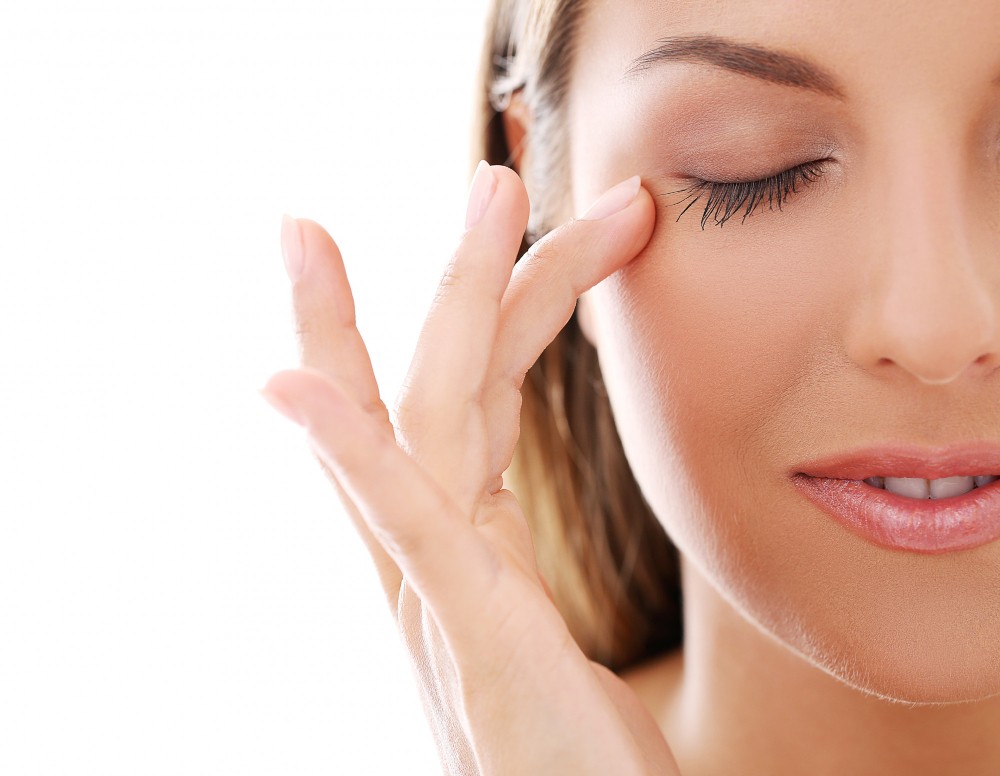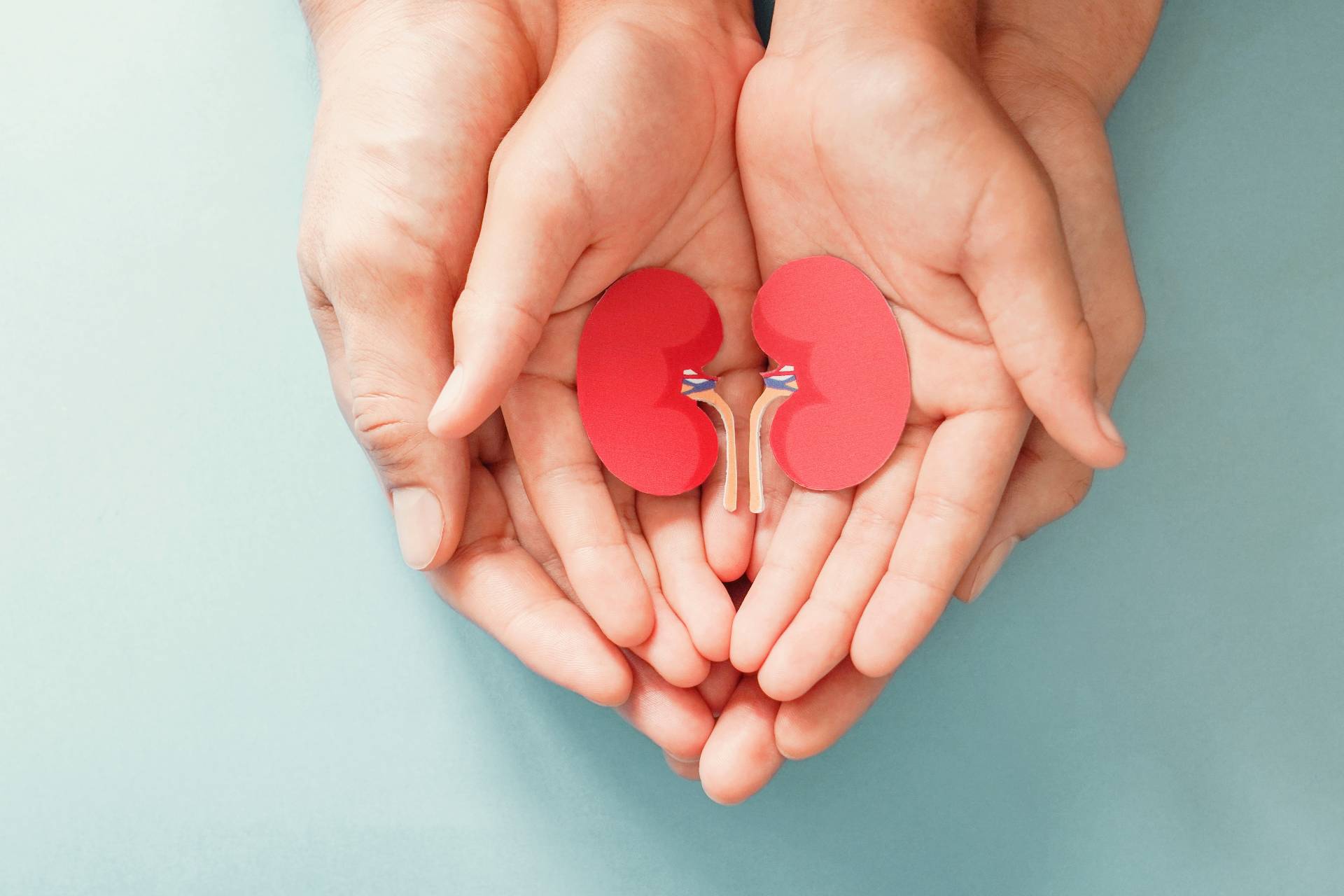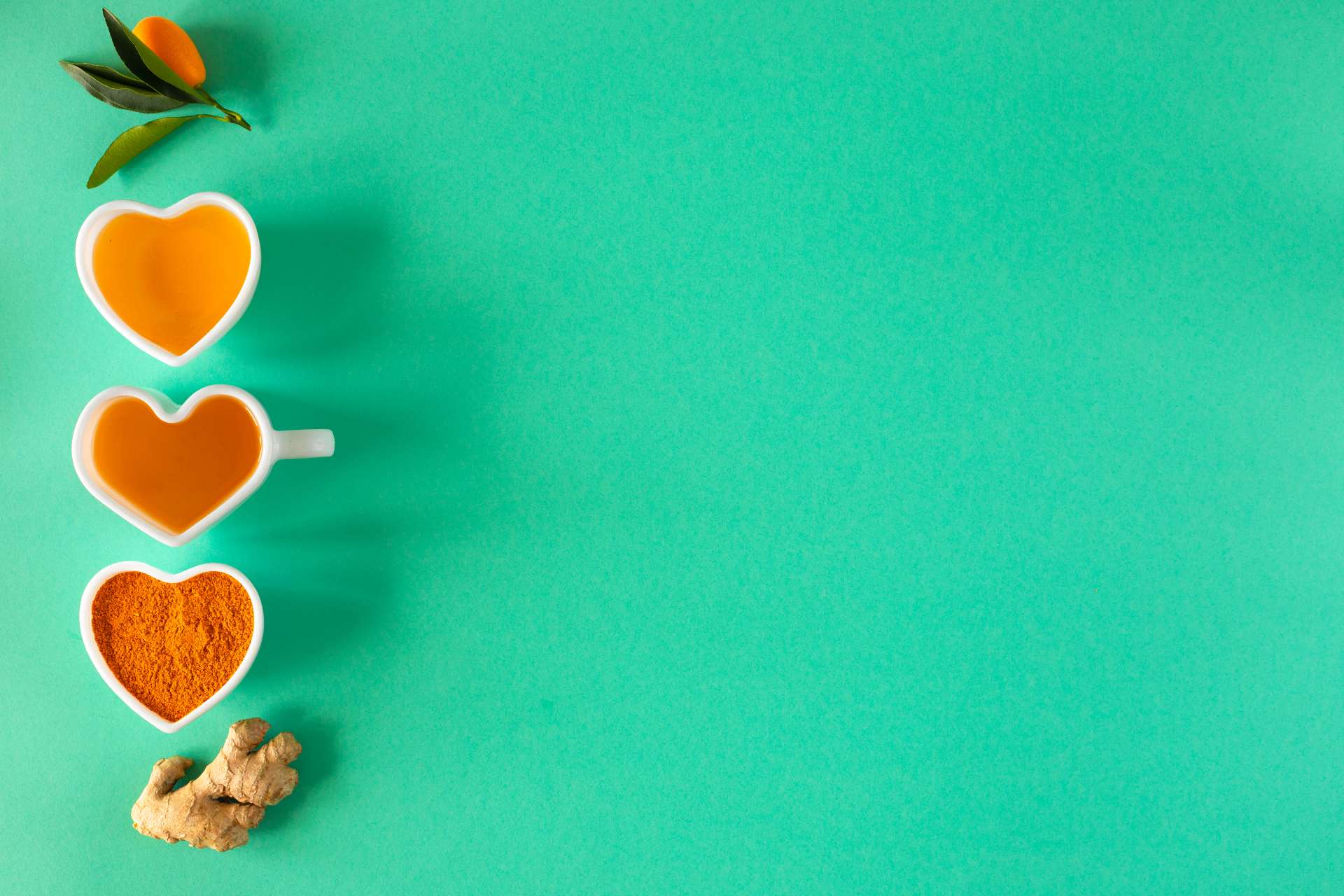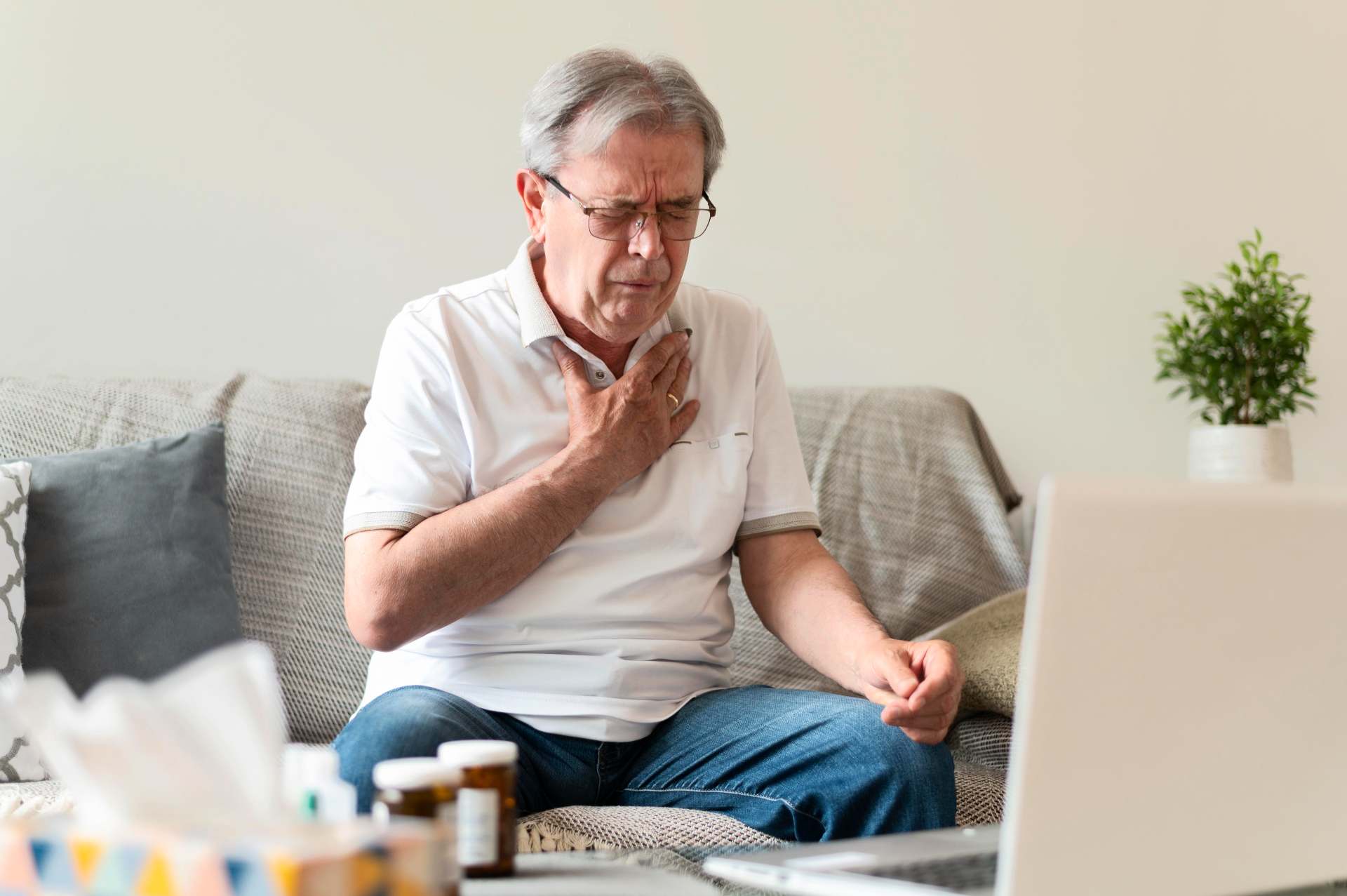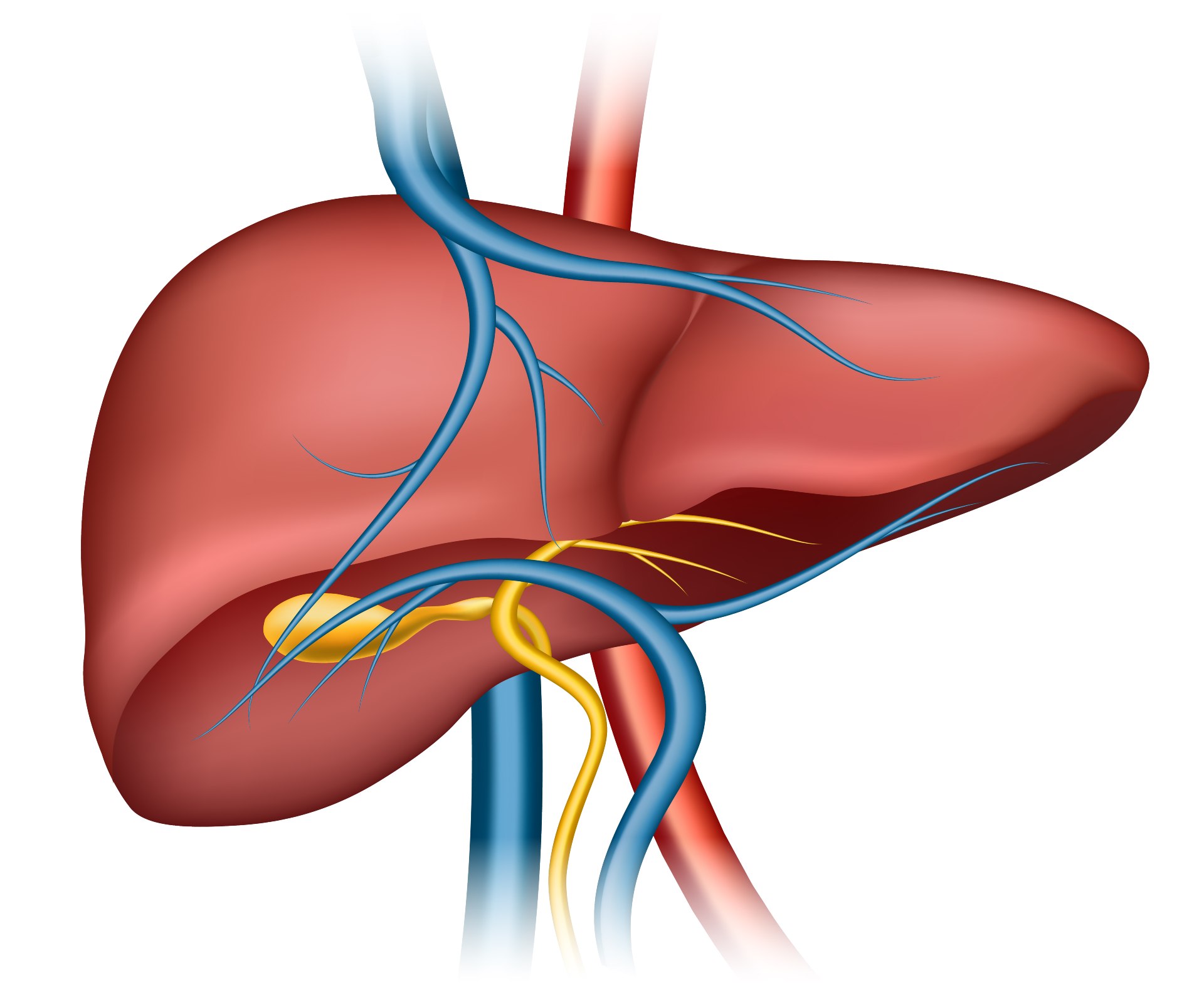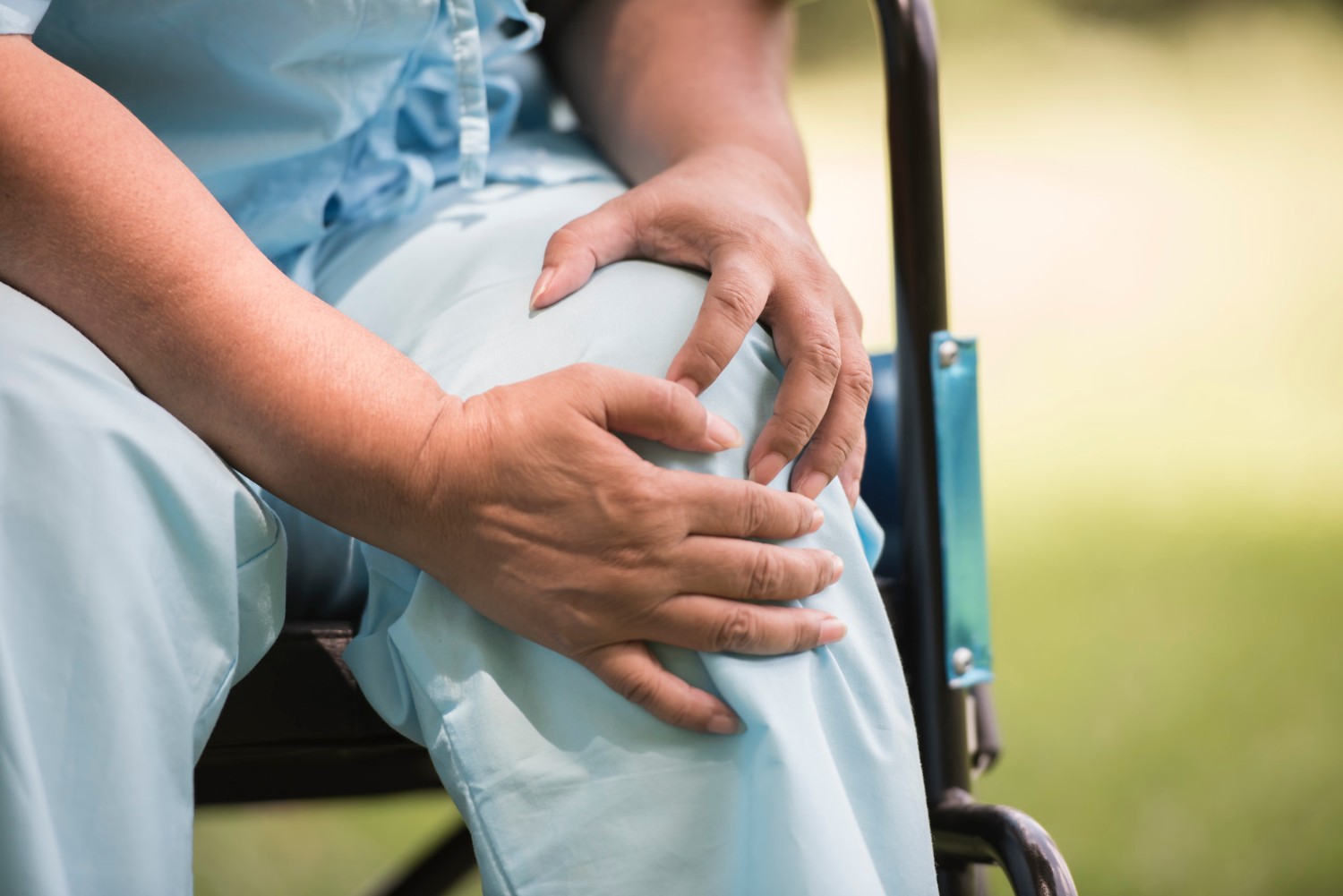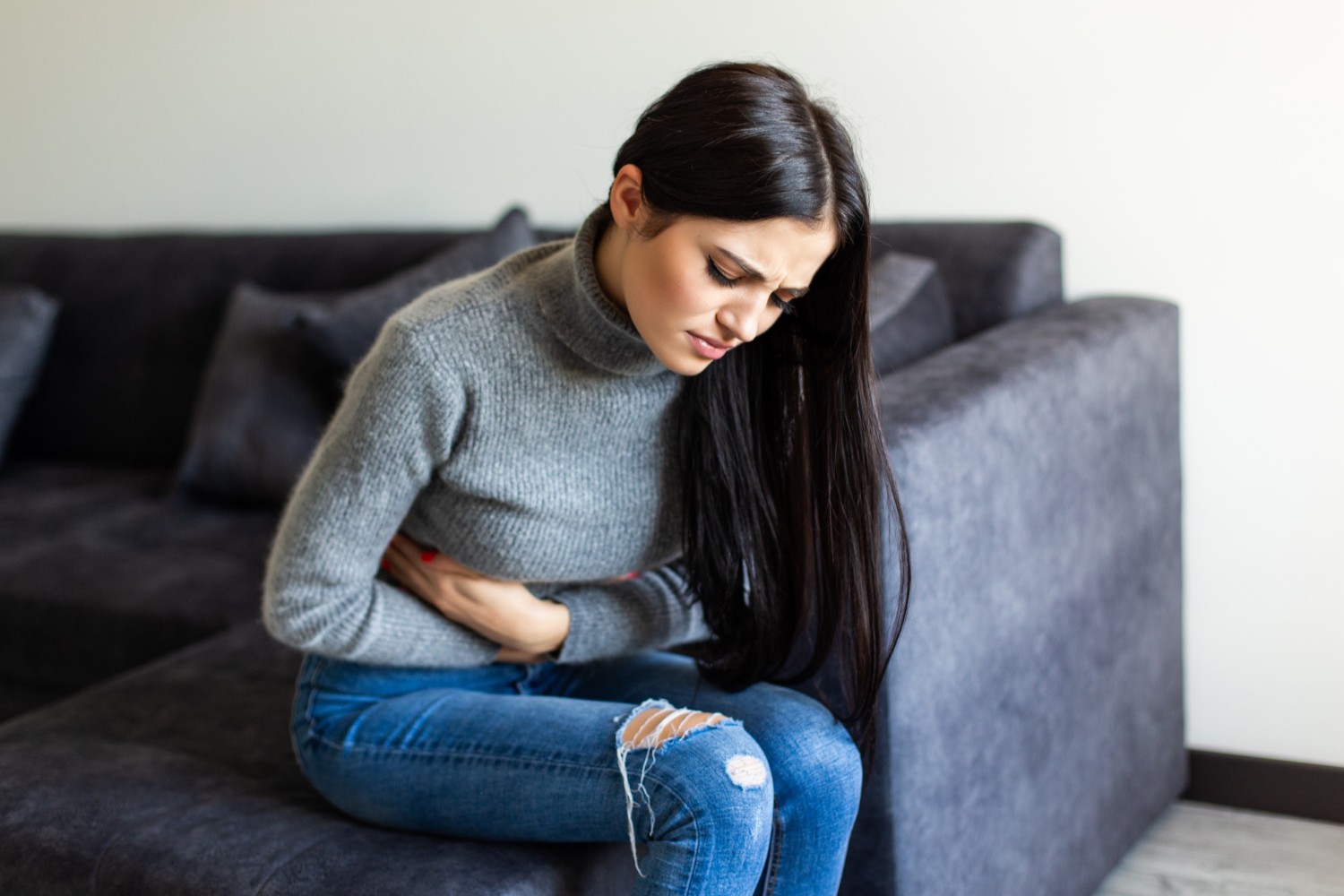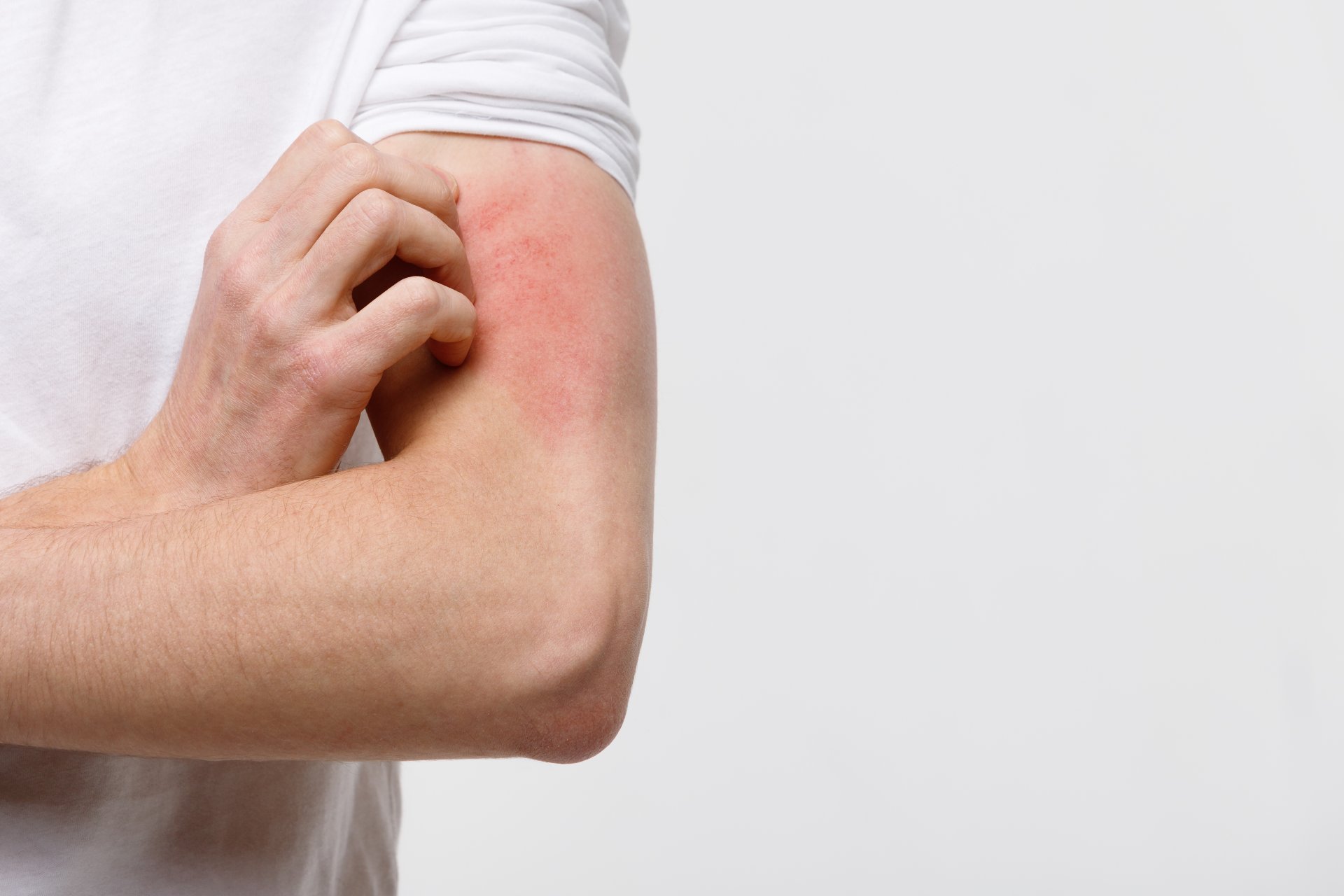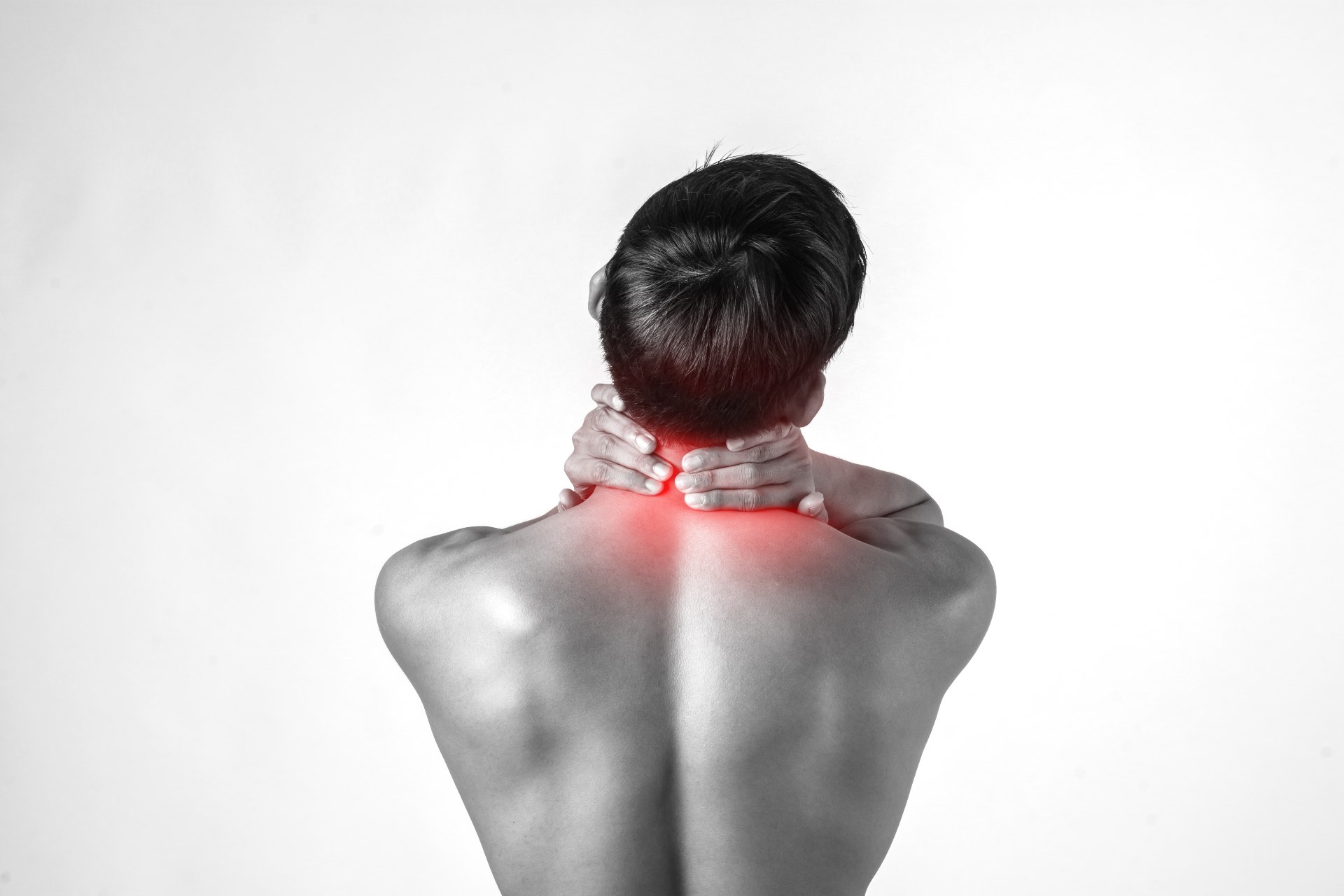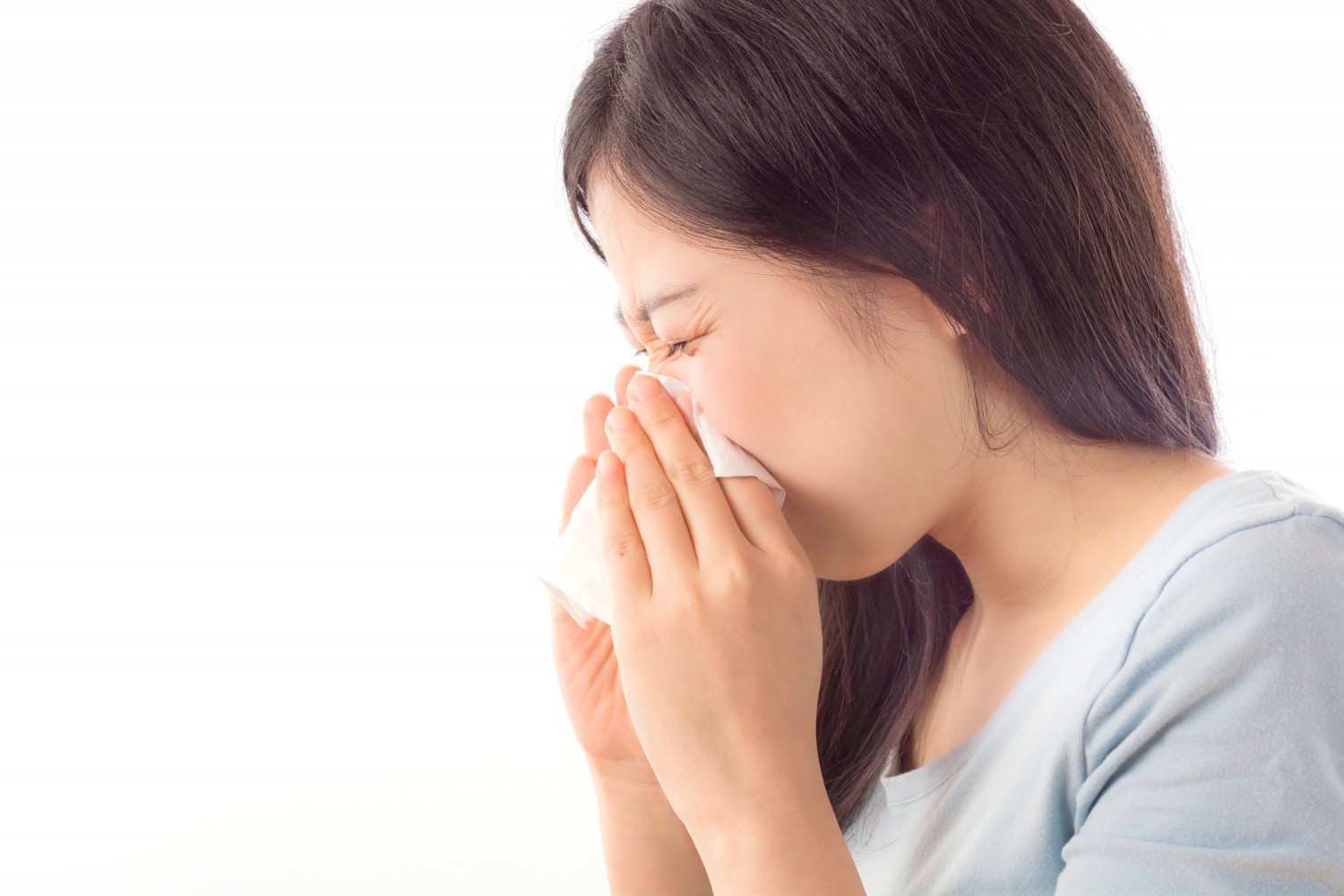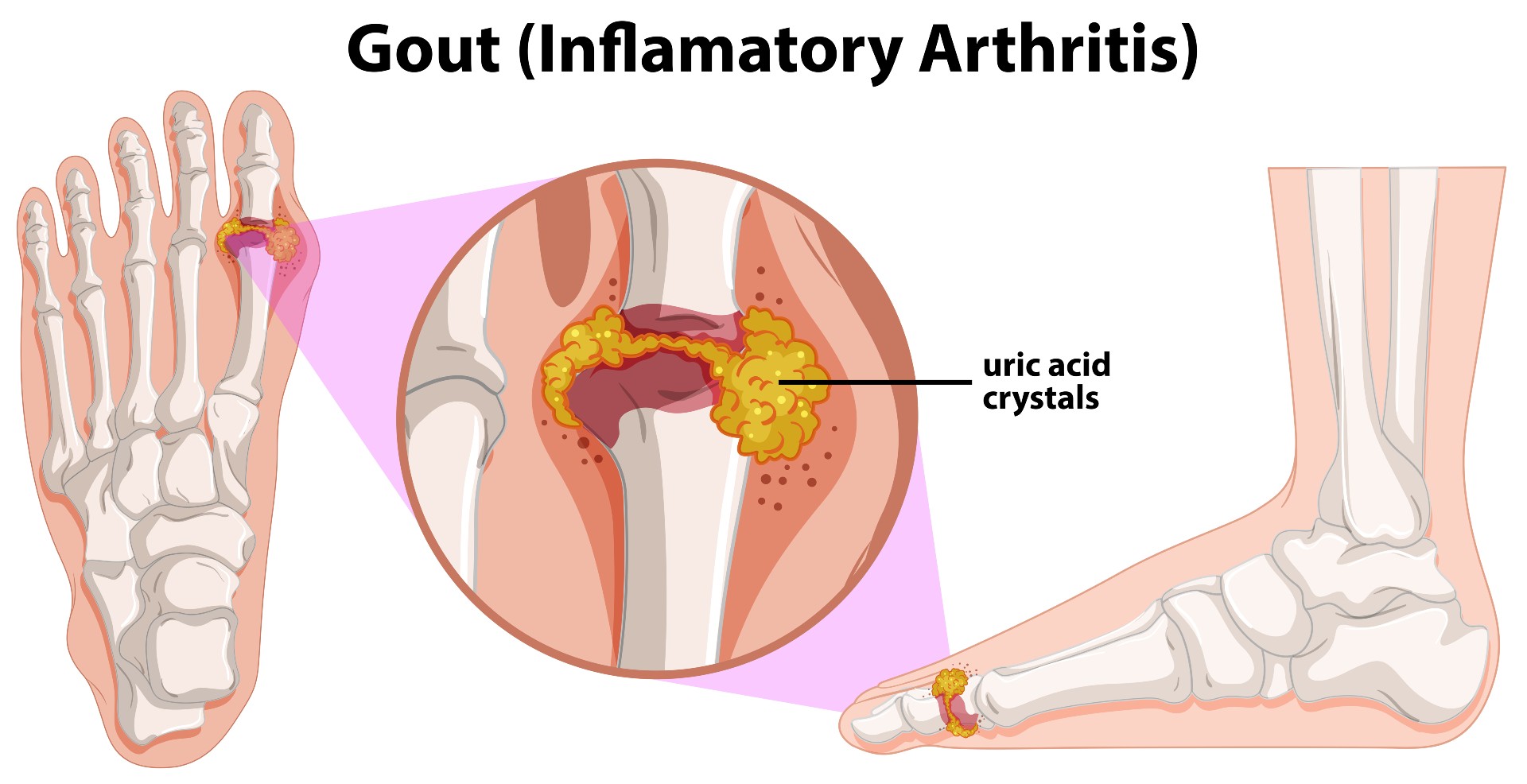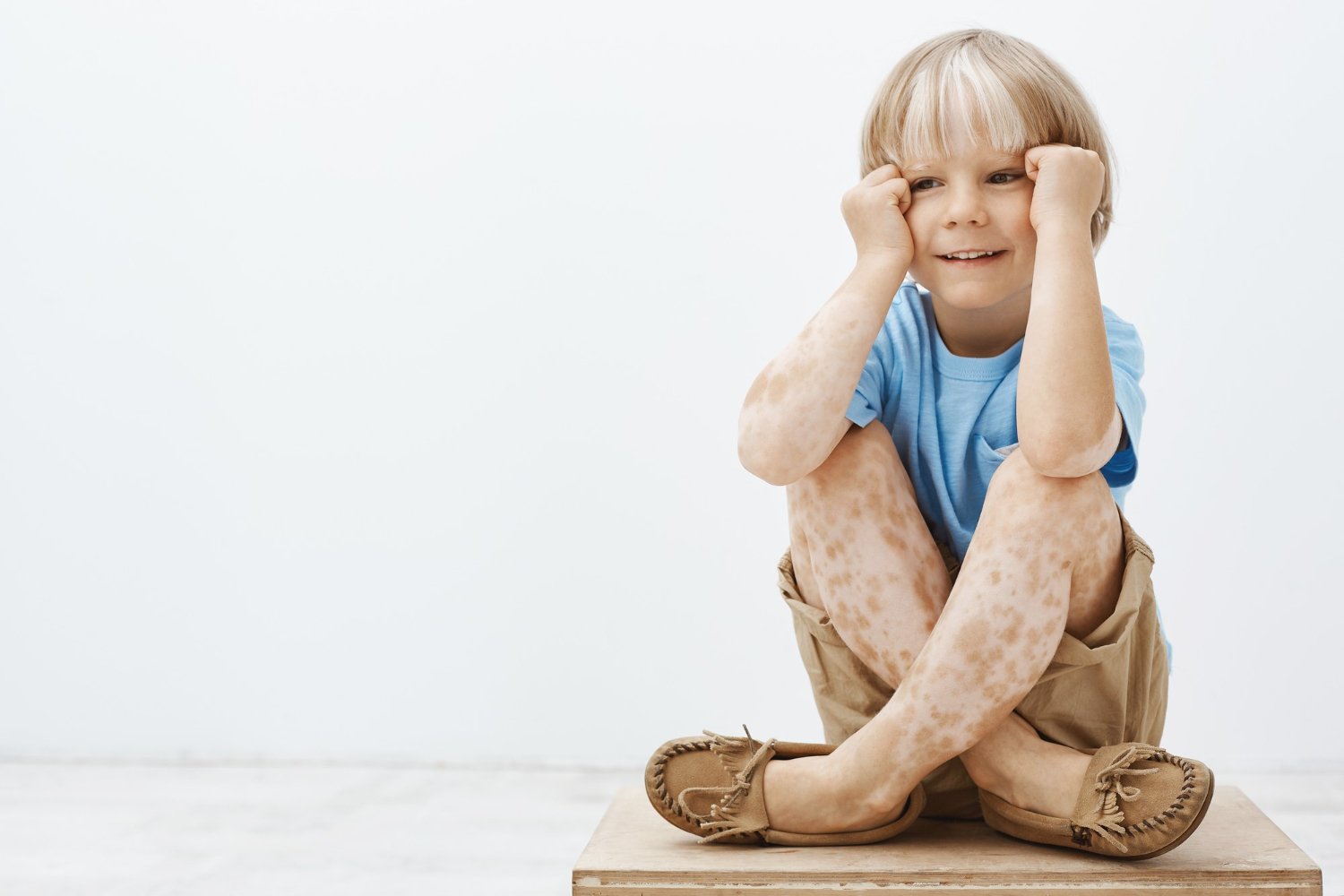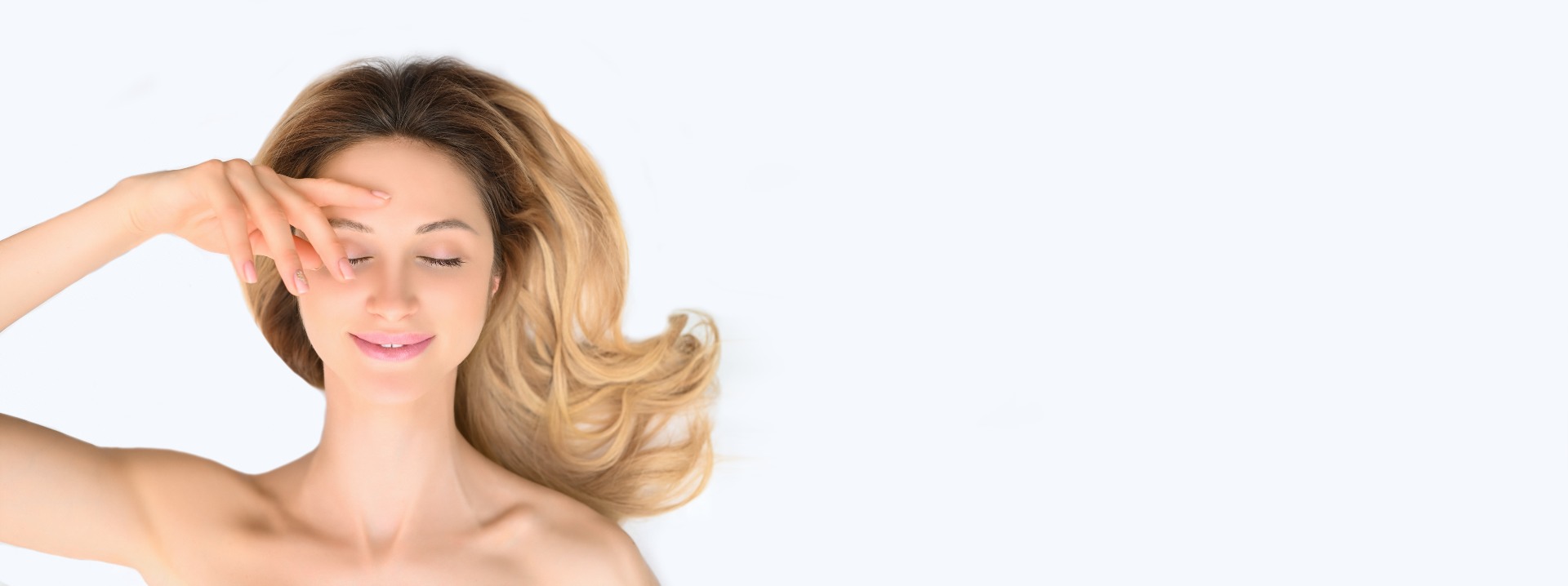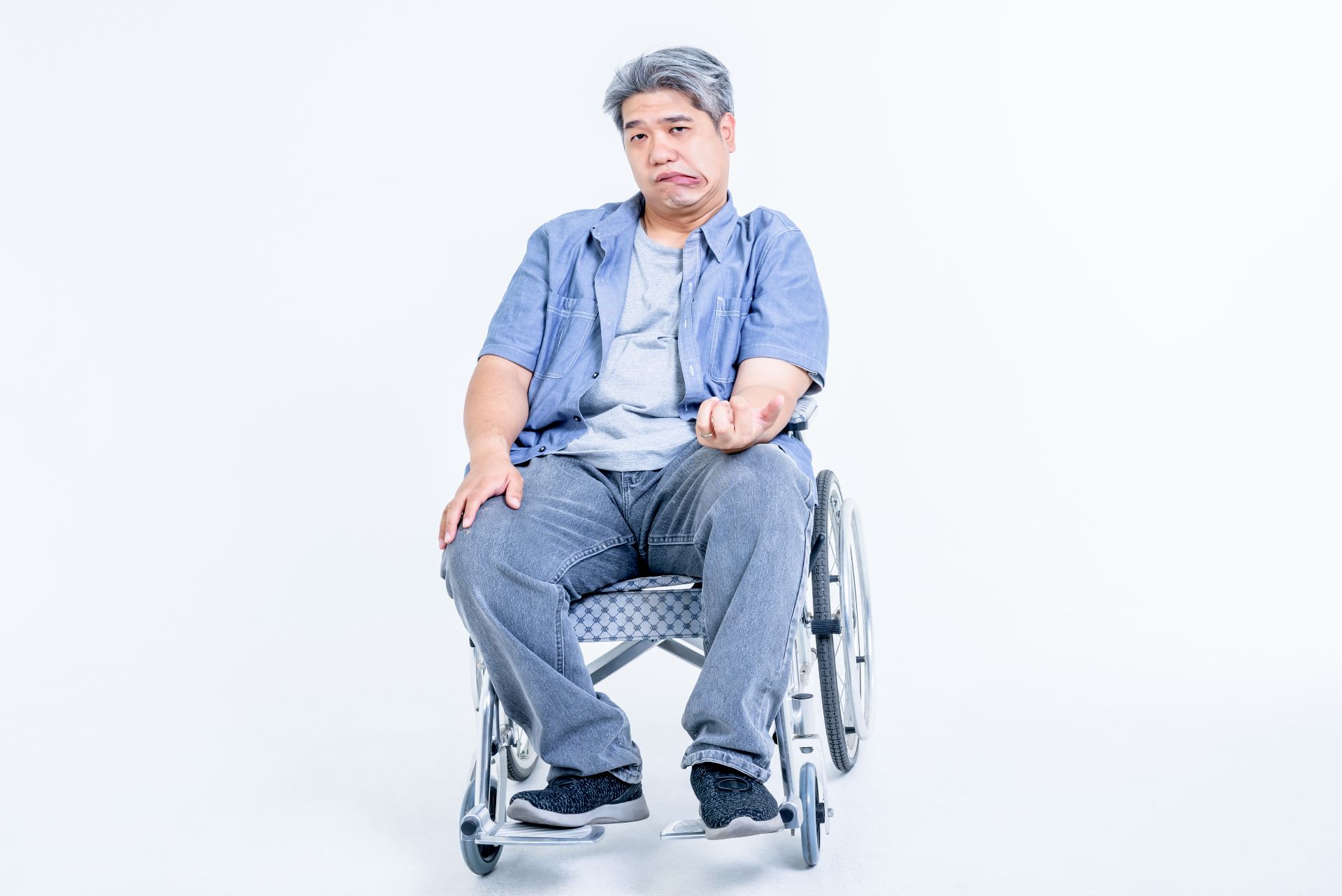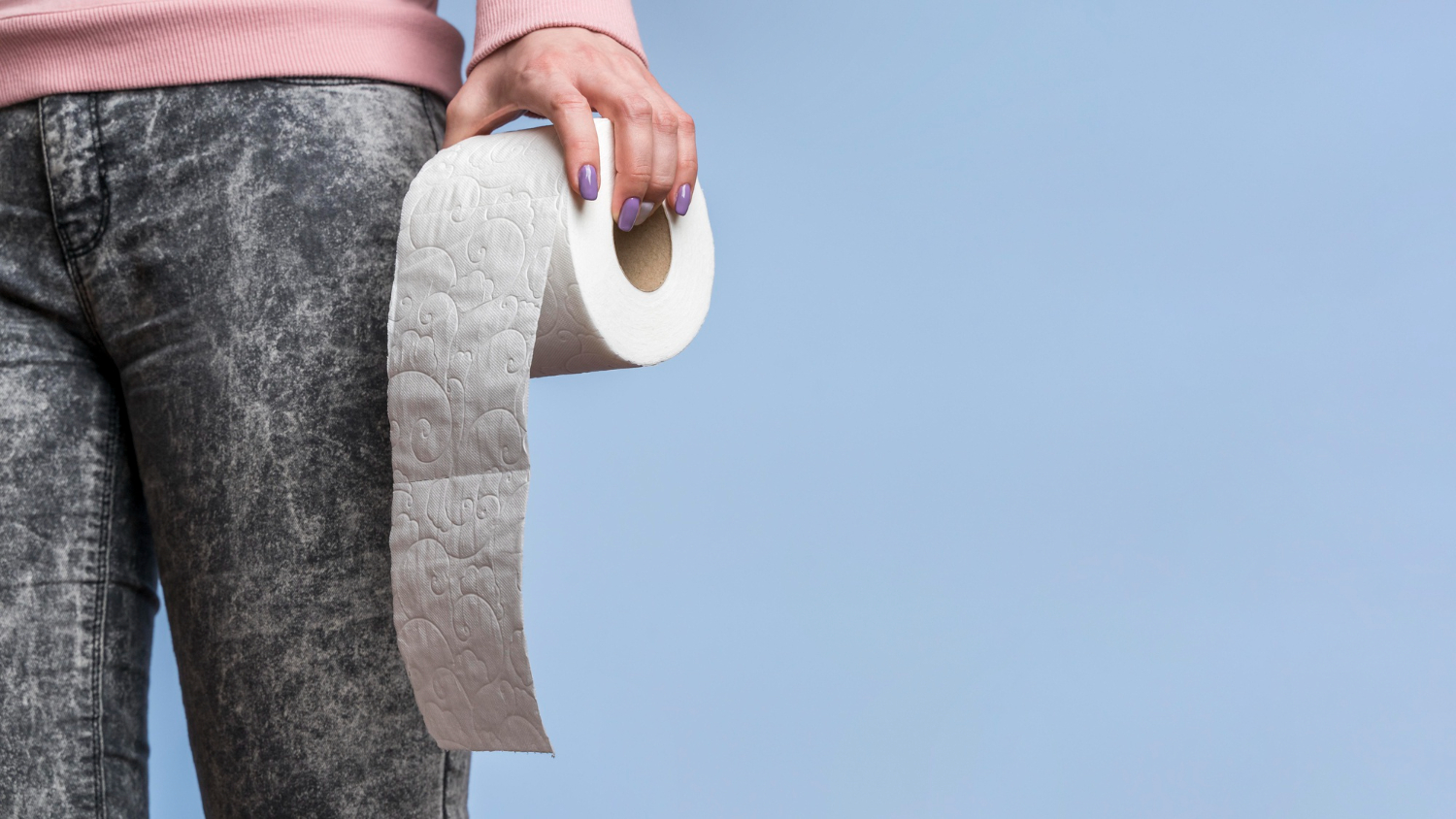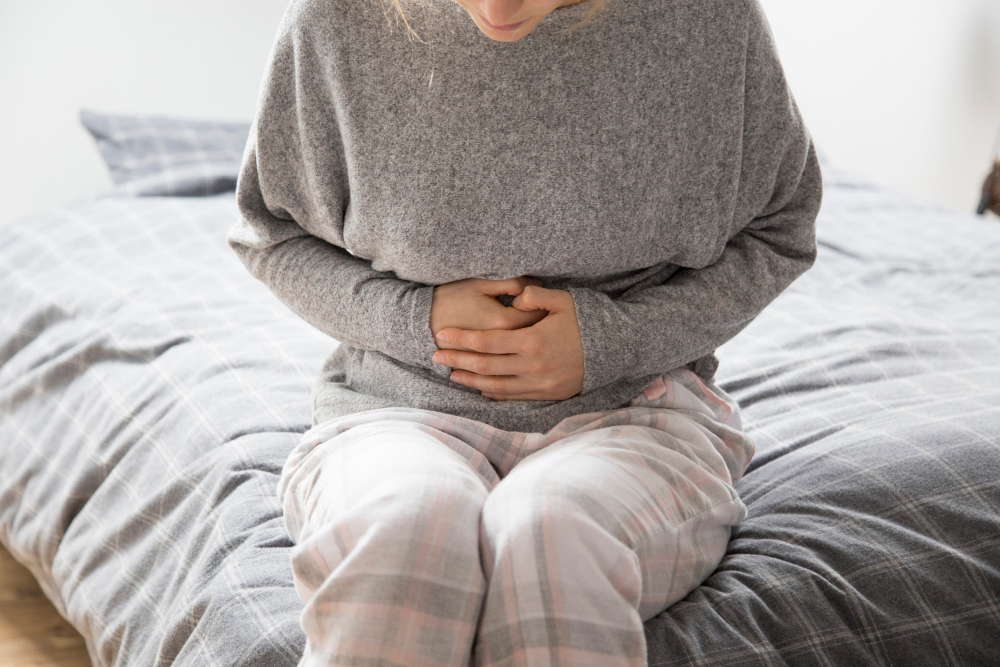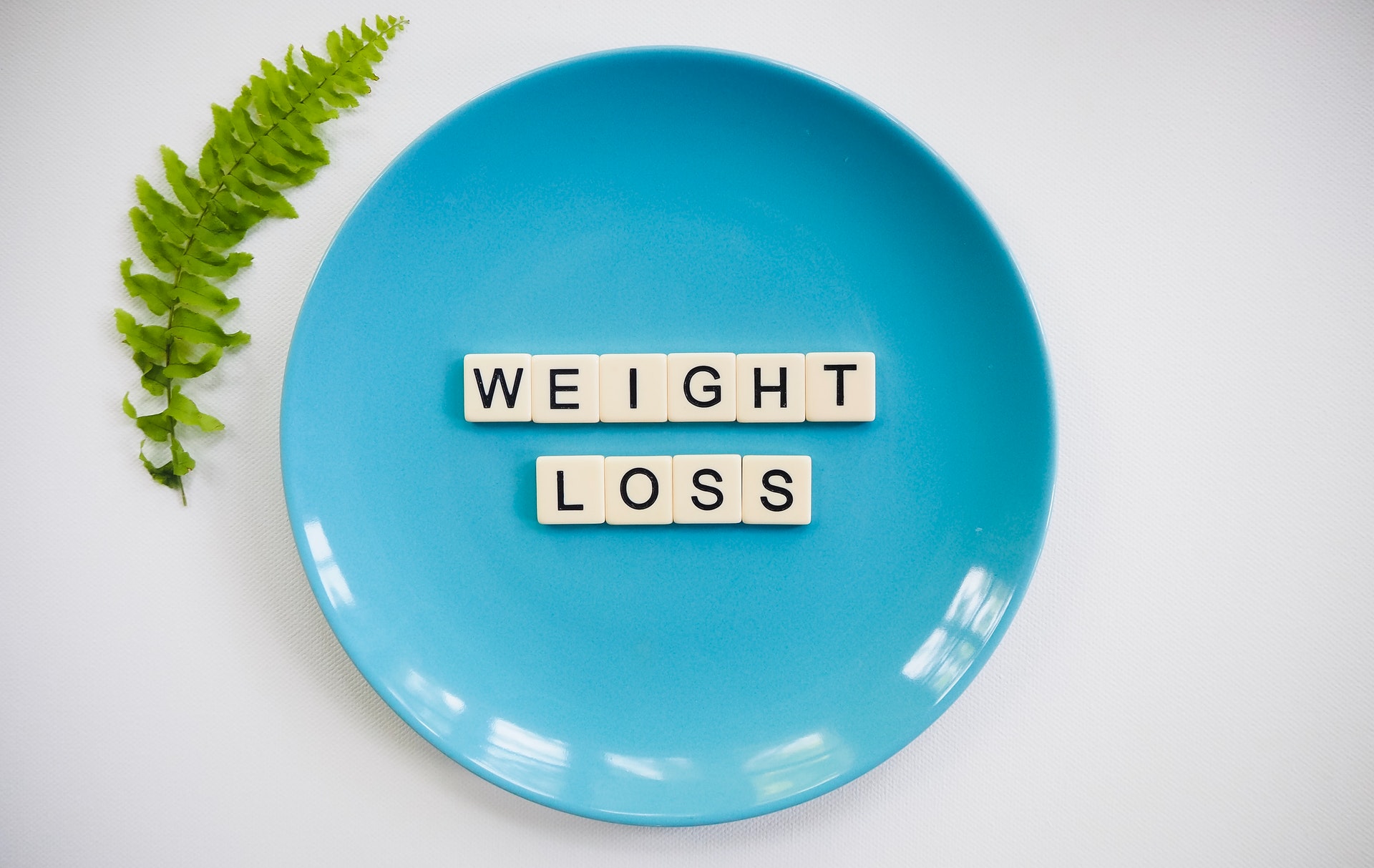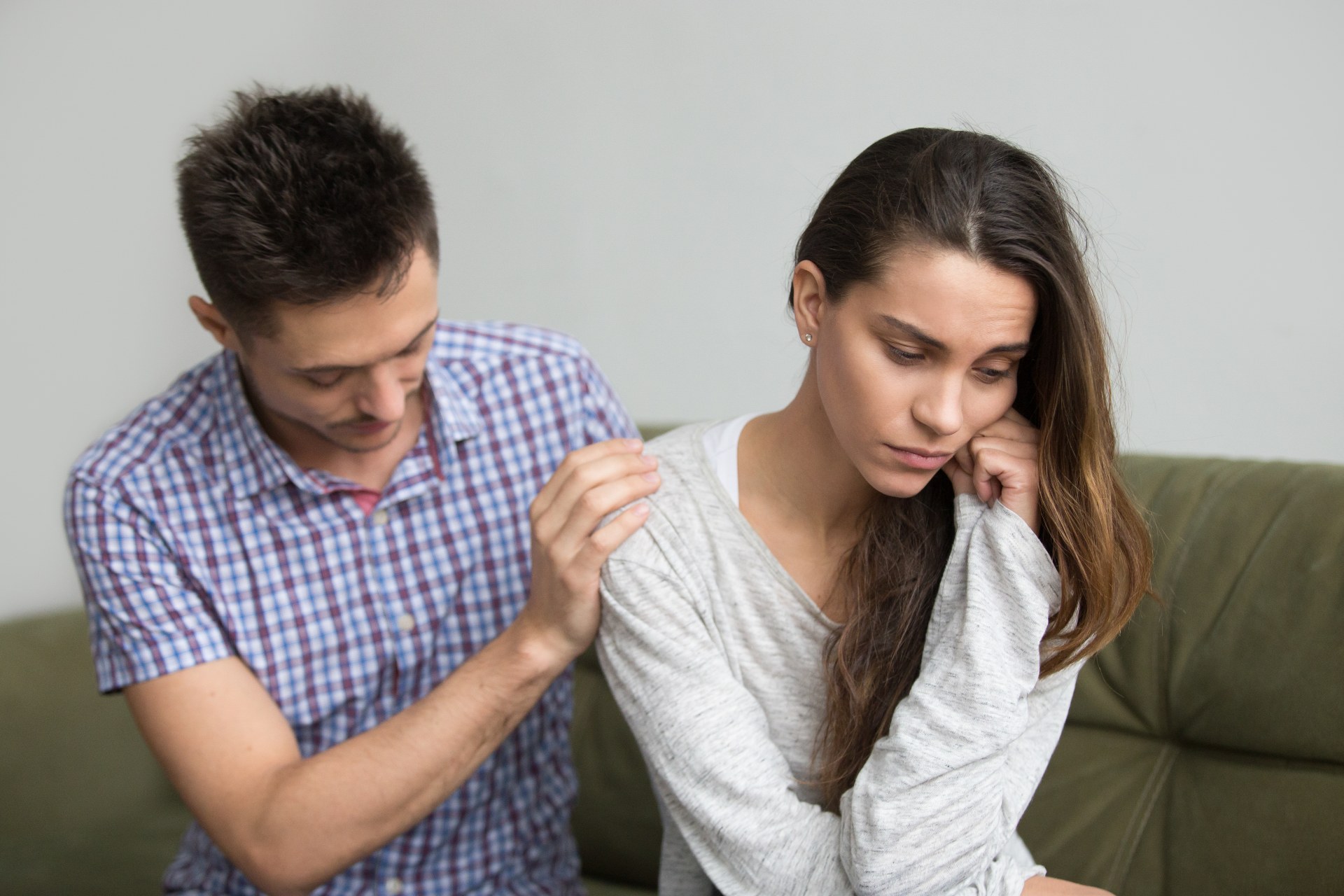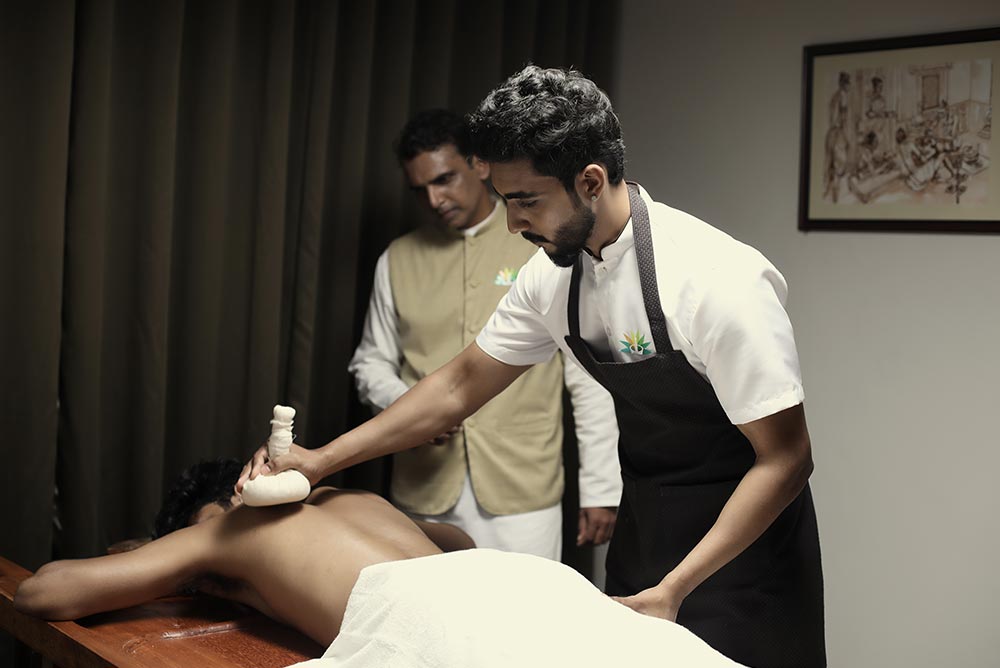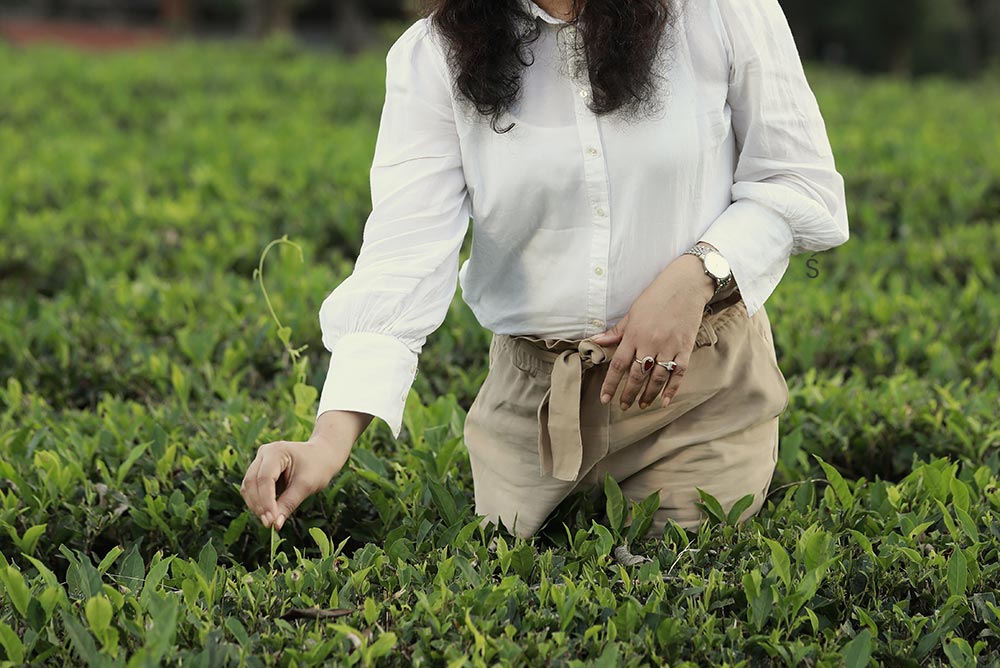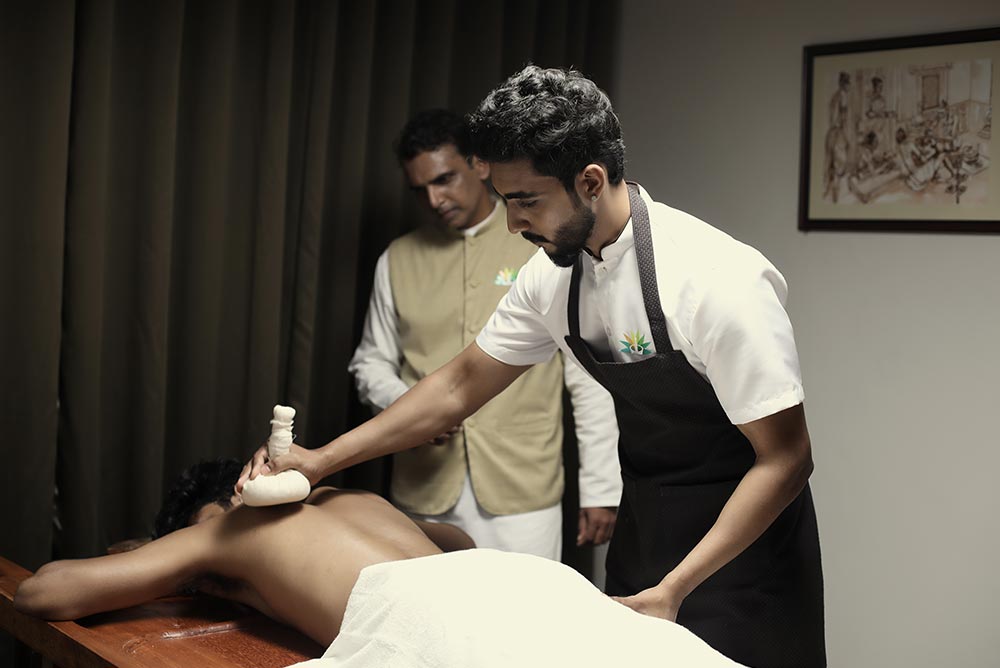
Ayurvedic treatment for muscular dystrophy
Muscular dystrophy is a group of diseases that cause progressive weakness and loss of muscle mass. In muscular dystrophy, abnormal genes or mutations interfere with the production of proteins needed to build and maintain healthy muscles. Muscular dystrophy is caused by mutations on the X chromosome. Each version of muscular dystrophy is due to a different set of mutations, but all of them prevent the body from producing dystrophin, a protein essential for building and repairing muscles. If dystrophin is absent or deformed, disruptions occur in the cells outer membrane, which weakens the muscles and can also actively damage the muscle cells themselves.
As the condition progresses, it becomes harder to move. In some cases, it can affect breathing and heart function, leading to life-threatening complications. There are many kinds of muscular dystrophy, with the most common variety beginning in childhood while other types don't surface until adulthood. Depending on the type and severity, the effects can be mild, progressing slowly over a normal lifespan, there may be moderate disability, or it can be fatal. The causes are typically genetic, with a family history of muscular dystrophy increasing the chance of it affecting an individual.
The most common form is Duchenne muscular dystrophy, which typically affects young boys, but other variations can strike in adulthood. It appears between the ages of 2 and 6 wherein the muscles decrease in size and grow weaker over time, yet may appear larger. Disease progression varies, but many people with Duchenne require a wheelchair by the age of 12. In most cases, the arms, legs, and spine become progressively deformed, and there may be some cognitive impairment. Severe breathing and heart problems mark the later stages of the disease. The symptoms of Becker muscular dystrophy are similar but tend to start in the mid-twenties or later, are milder, and progress more slowly. Like Duchenne, Becker muscular dystrophy typically affects only males and causes heart problems.
Myotonic muscular dystrophy, or Steinert's disease, is the most common adult-onset form, characterized by an inability to relax a muscle once it has contracted. The muscles of the face and neck are often affected first. Symptoms also include cataracts, sleepiness, and arrhythmia. The congenital form is obvious from birth or before the age of two, and affects boys and girls. Some forms progress slowly whereas others can move swiftly and cause significant impairment.
Onset of Facioscapulohumeral dystrophy can be at almost any age but is most commonly seen during teenage years where muscular weakness often begins in the face and shoulders. The limb-girdle variant also begins in childhood or teenage years and first affects the shoulder and hip muscles. Individuals with the limb-girdle muscular dystrophy might have trouble raising the front part of the foot, making tripping a common problem. Oculopharyngeal muscular dystrophy affects the eyes and throat, and appears in men and women past their forties. It progresses slowly, causing weakness in the eye and face muscles, which may lead to difficulty swallowing. Weakness in pelvic and shoulder muscles, as well as choking and recurrent pneumonia may also occur.
Early symptoms of muscular dystrophy include pain and stiffness in the muscles, difficulty with running and jumping, walking on toes, difficulty sitting up or standing, learning disabilities, such as developing speech later than usual, and frequent falls. With time, the condition can lead to an inability to walk, a shortening of muscles and tendons, further limiting movement, severe breathing problems, curvature of the spine, weakened heart muscles that can cause cardiac problems, difficulty swallowing, and more.
There are a number of techniques used to diagnose muscular dystrophy, like enzyme assay, genetic testing, heart monitoring using electrocardiography and echocardiograms, lung monitoring, and electromyography, biopsy to name a few. There are different treatments that can improve a person's quality of life and delay the progression of symptoms.
If one has muscular dystrophy, natural treatment might not be the first thing that comes to mind, but it is something that should definitely be considered. The Ayurvedic approach of holistic treatment, using scientifically proven herbs, diet and yogic support, demonstrates evidence of substantial benefit for children and adults with muscular dystrophies. Ayurvedic treatments can slow down the process of muscle destruction by improving Agni, a key factor required to synthesise cellular protein. Ayurvedic methods of treatment check further deterioration by regulating the large contribution of immune cells to the death of dystrophic muscle.
As you might be knowing, Ayurveda is based on a system of three doshas comprising Vata, Pitta, and Kapha. At Jeevess, an individual's particular body type is carefully analysed before starting any course of treatment. Abhyanga treatment involves massaging the entire body with warm, dosha-specific herb-infused oils. This can benefit people suffering from muscular dystrophy by reducing muscle stiffness, alleviating age-related changes, and increasing energy. The procedure also builds a better mind-body connection, which is important, because as your muscles deteriorate, you start feeling a sense of disconnection from your whole body. In Ayurveda we seen it as metabolic imbalance of Mamsa dhathu, means muscle functions uinit. Dhathus are the functions units of the body like tissues which are a group of cells preforming similar functions. Like Muscles, blood, bone etc. In Ayurveda there are seven types of Dhathus mentioned.
Another method is Navarakizhi, a sweat-inducing massage that is used to reduce pain and stiffness, as well as increase muscle strength. A combination of milk and a special rice, along with medicated herbs is used for the massage treatment.
Panchakarma, the primary healing and purifying system of Ayurveda that uses five procedures, can also help to relieve constipation, backaches, and sciatica, is also very helpful for dystrophy patients as it can help reduce a lot of the muscular pain that comes with the illness. Numerous medicinal herbs used in Ayurveda can help with muscular dystrophy, including Ashwagandha, Bala, Guduchi, Guggulu, Gokshura, Arjuna, Triphala, and more.
Yoga has also been shown to improve a muscular dystrophy patient’s digestion and aid in the elimination of toxins. In muscular dystrophy, the regular practice of yoga - especially postures like Surya namaskar, Bhujangasana, Gomukhasana, Pawanmuktasana. Padmasana, Virabhadrasana, and Virasana - can help to cope up with symptoms and improve the quality of life by improving blood circulation.




